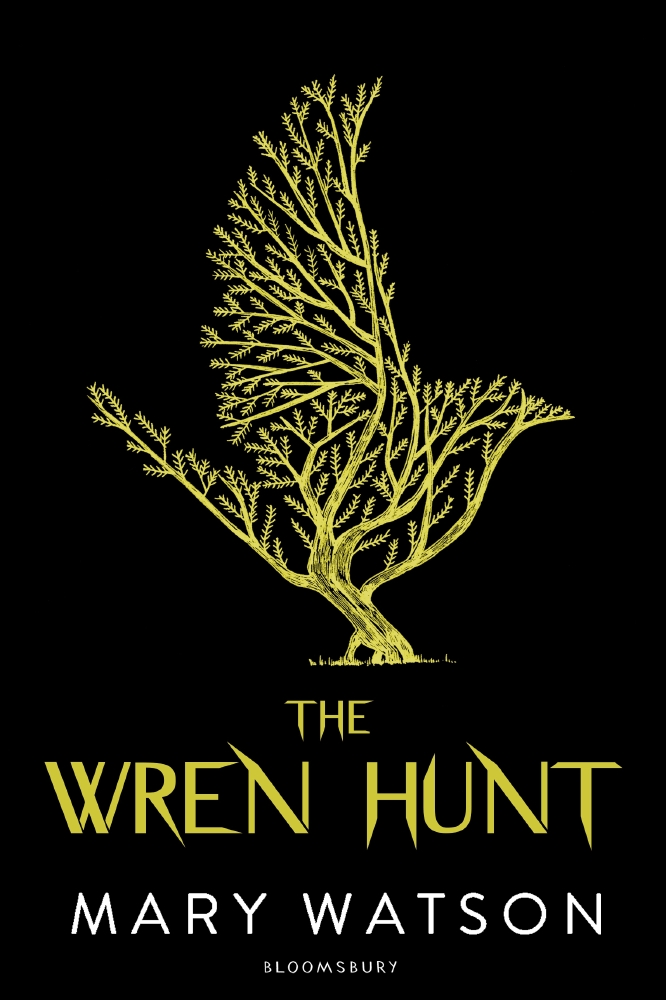Straw costumes with tall, conical hats pulled over faces. A colourful parade that winds through the streets, gathering people as it passes pubs and houses.

Mary Watson By Rolex Bart Michiels
The cheering crowd is in disguise, some wearing masks, others dressed in old rags. There’s always music: fife and drum, with tunes only played on wren day, or maybe a trad group leading the procession. Dancing, of course. There has to be dancing. If you’re in Dingle, there’ll be a part human hobby horse leading the way. It’s likely there is a fake bird, a prop, possibly on a stick with ribbons or in a box or perched in straw. This is the treasure: the captured prey, the wren. There’ll be a collection box, ostensibly for the wren’s wake, but really it’s for charity. Everything is vibrant, loud and alive. This is the wren hunt. The day of the wren.
The tradition is old, deeply rooted in pagan beliefs. The wren is a bird associated with the druids, and the wren hunt, practised on the day after Christmas, is likely linked to the winter solstice. The hunt is not simply a reclaimed tradition or one that has been hauled out and reimagined for nostalgia’s sake. It’s a living, breathing tradition that has continued over many centuries, evolving and adapting with time. Only decades ago, the hunt would have been a mostly male activity and wrenboys, not girls, would go ‘on the wran’. Even before that, further back in history, the wren hunt was an actual hunt, the small brown bird was real prey. In those days, wrenboys would hunt the wren not to release it, but to kill.
The details of the hunt vary from region to region. In some places it takes the form of a street parade. In others, wrenboys call from door to door, playing music and providing entertainment. I’m told there are places where a real wren is still captured, then released at the end of the day, but this is maybe storyteller’s embellishment. For the most part, the wren hunt is a fun event, a celebration of a part-forgotten cultural history. A celebration that draws the participation of young and old with its infectious music and bright colour. This is no dark re-enactment to remember the treacherous wren who betrayed St Stephen (one of several origin stories of the hunt – I can’t say I’m convinced by this one). In other versions, the wren betrays soldiers by warning Vikings of their presence as they attempt a midnight raid on a camp. And in another, a fairy queen and seductress who lured men to their deaths, avoids her own death by turning herself into a wren, only to be cursed into taking the form every year, then hunted and destroyed.
But no matter how you look at it, it’s hard to dismiss the underlying menacing tone. Beneath the colour and pageantry, lurks something more than a little sinister. If we stop to think about it, the wren hunt rings odd. At the core of it is something punitive and sacrificial. And this is what most appeals to me: the almost inherently contradictory nature of the wren hunt. The darkness that simmers beneath. The fast, happy tune of the wren song with its foot-tapping energy carries the surprising lyrics: for we are the boys who come your way, to bury the wren on Stephens’s Day. For me it is this tension, this inherent conflict, that is the beating heart of the day of the wren.


